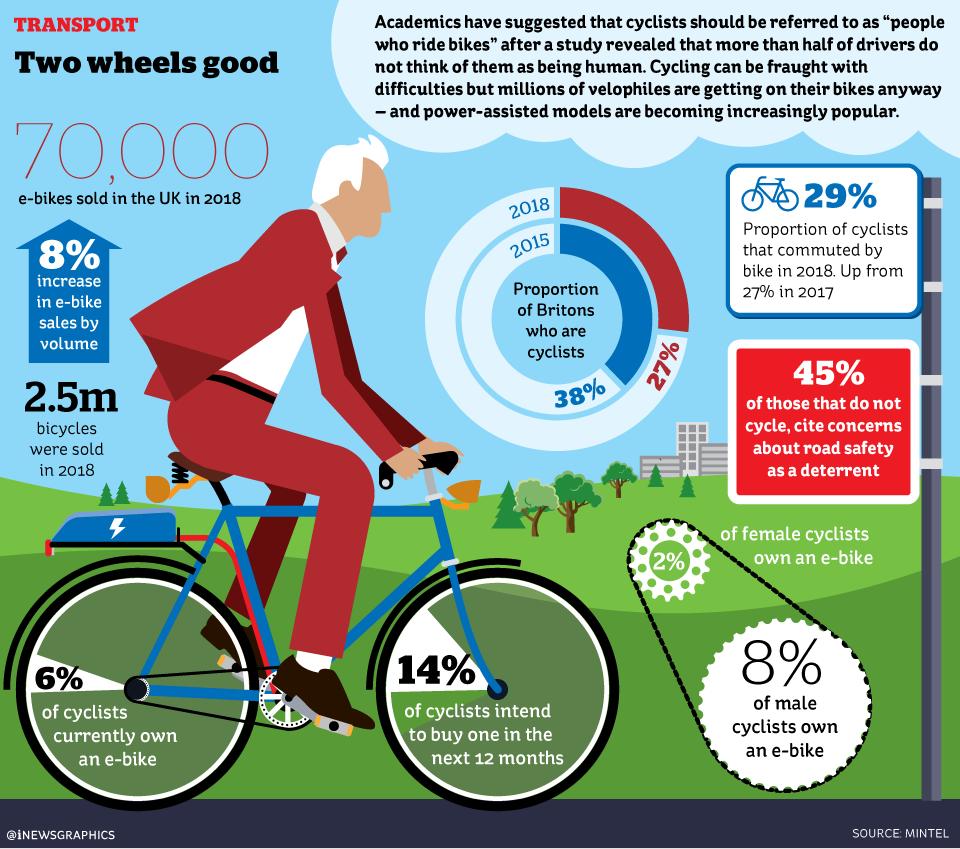Comprehend The Legal Demands In Your Area To Ride Your E-Bike Both Securely And Lawfully
Comprehend The Legal Demands In Your Area To Ride Your E-Bike Both Securely And Lawfully
Blog Article
Team Writer-Perkins Salomonsen
Before you hop on your e-bike and struck the streets, it's essential to understand the regulations and laws that regulate your city. From rate restrictions to marked riding areas, there's a great deal to take into consideration to guarantee you're compliant and secure. By acquainting yourself with the rules certain to e-bikes, you'll be better equipped to appreciate your adventures without any unexpected lawful issues. Remain tuned to find essential insights that will help you browse the e-bike landscape in your city seamlessly.
Understanding E-Bike Category
When it involves navigating the realm of e-bike laws and regulations, a vital beginning point is recognizing the classification system that categorizes these electric bicycles. E-bikes are generally categorized into 3 primary categories: Class 1, Class 2, and Class 3.
Course 1 e-bikes are pedal-assist just, meaning they give help while the cyclist is pedaling and have a maximum speed of 20 miles per hour. These bikes are allowed locations where typical bicycles are permitted.
Class 2 e-bikes are equipped with a throttle that can thrust the bike without pedaling. They additionally have a maximum speed of 20 miles per hour and are suitable for bikers who may need help without pedaling constantly.
https://www.pearltrees.com/zugobike -bikes are similar to Course 1 however with a higher maximum speed of 28 mph. These bikes are commonly restricted from particular bike courses or trails because of their greater rates.
Comprehending these classifications is crucial for following regional guidelines and making certain a risk-free and satisfying e-biking experience.
Navigating Rate Limitations and Constraints
To efficiently navigate e-bike laws and guidelines, it's essential to comprehend the speed limits and restrictions that apply to various classes of electrical bikes.
Speed limits for e-bikes differ relying on the category of the bike. Class 1 e-bikes, which are pedal-assist only and have a maximum speed of 20 miles per hour, are typically allowed on bike lanes and courses.
Course 2 e-bikes, which have a throttle in addition to pedal-assist and additionally get to speeds of approximately 20 mph, may be limited in particular locations where motorized vehicles aren't allowed.
Course 3 e-bikes, with pedal-assist up to 28 mph, are usually required to comply with the same regulations as standard bikes.
It is essential to adhere to these rate limitations and restrictions to guarantee your safety and the safety and security of others when driving. Prior to riding please click the next webpage -bike, acquaint yourself with the certain policies in your city to prevent any potential penalties or legal problems.
Where to Trip Your E-Bike
To identify where you can ride your e-bike, it's important to understand the regulations and guidelines specific to your area. In a lot of areas, e-bikes are typically enabled on roadways and streets where typical bikes are allowed. This might include bike lanes, bike paths, and shared highways. Nevertheless, it's essential to check regional legislations as some cities may have details restrictions on where e-bikes can be ridden.
When riding your e-bike, constantly focus on safety by complying with traffic policies and appreciating pedestrian walkways. Furthermore, be mindful of any designated bike lanes or paths in your area and use them whenever possible to guarantee a smoother and more secure trip.
Some cities additionally have laws relating to e-bike use on walkways, so see to it to familiarize on your own with these guidelines to stay clear of any kind of fines or charges.
Verdict
Now that you recognize with the laws and regulations surrounding e-bikes in your city, you can confidently hit the road recognizing where you can ride and what constraints put on your e-bike classification. Remember to constantly focus on safety and security and follow the regulations to guarantee a smooth and legal experience. Delighted riding!
